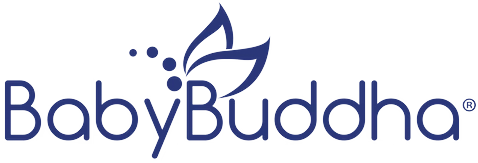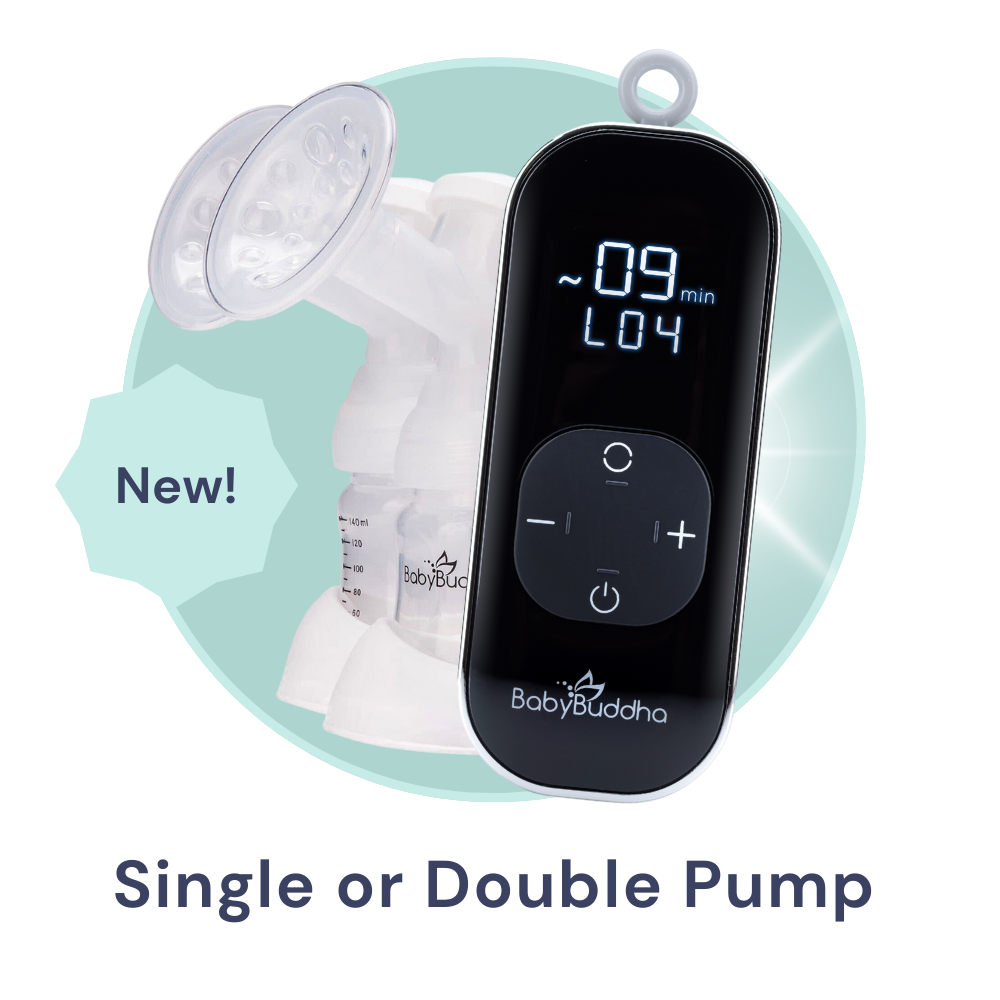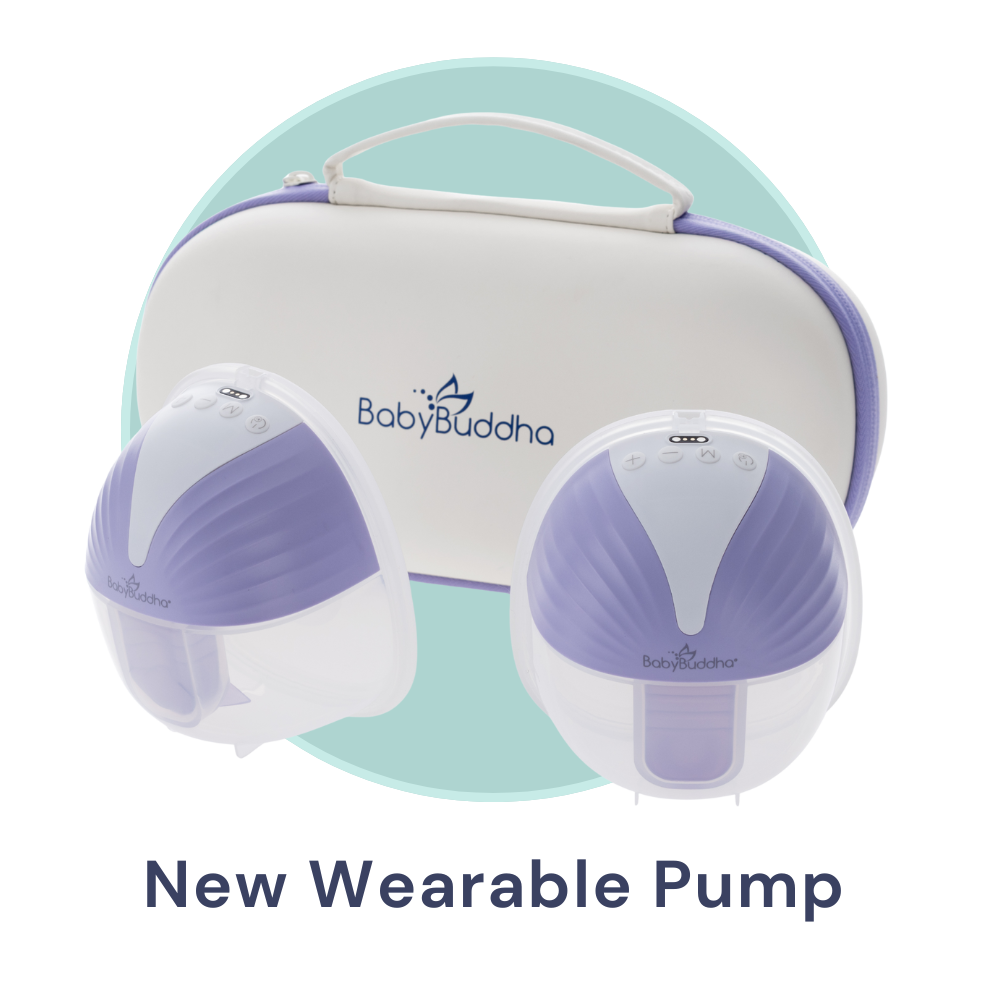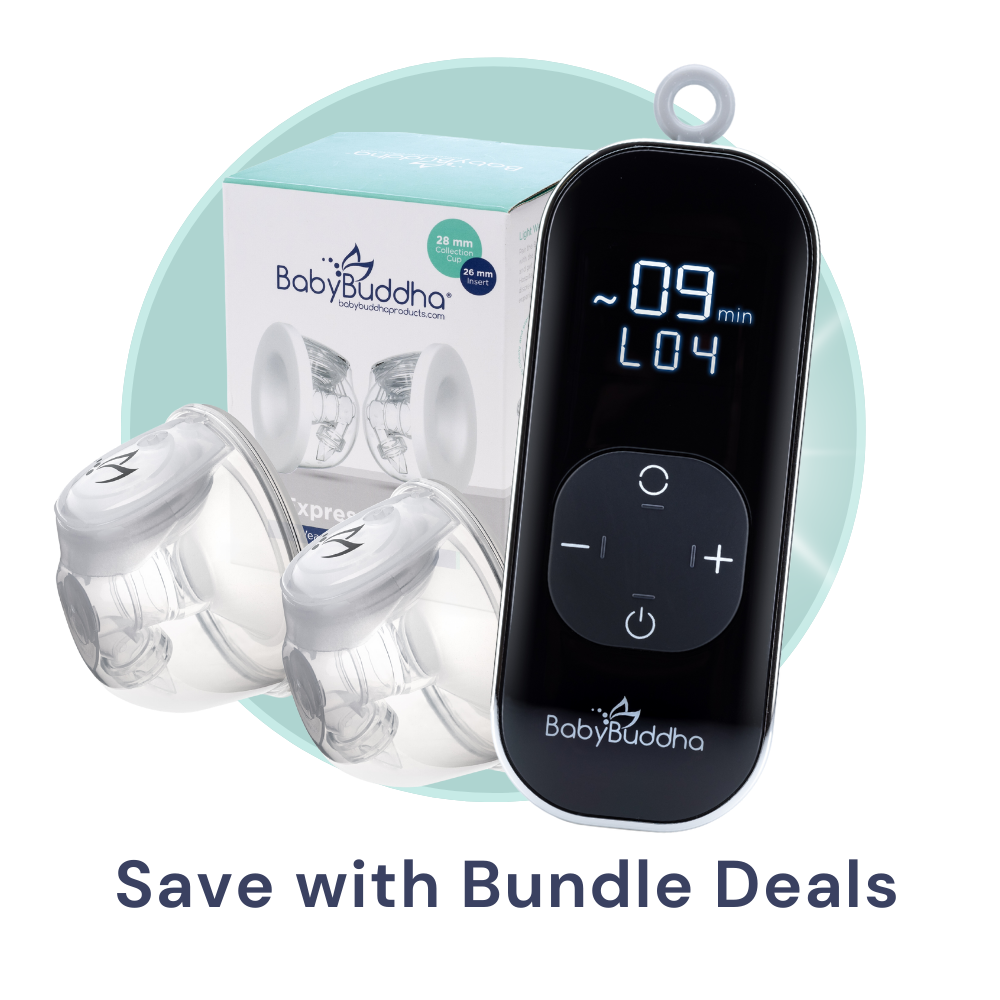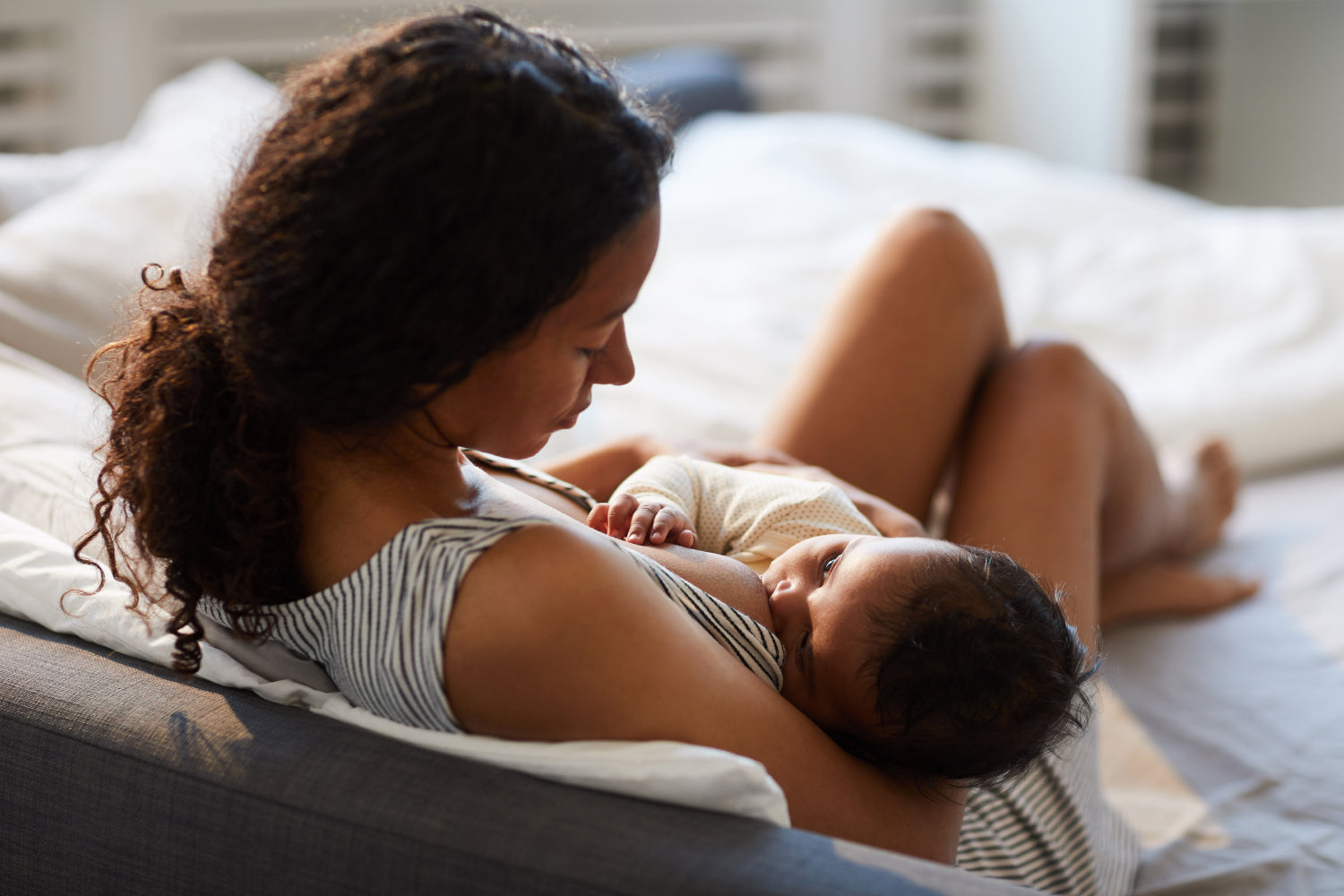Medically Reviewed By | Dr. Hope Lima, PhD, RDN, LRD, IBCLC
A common difficulty for many new mothers, whether they breastfeed exclusively, pump exclusively, or do a mix of both, is sore nipples. There are many possible reasons for sore nipples, which means there are also many ways to prevent and soothe nipple soreness.
What can you do to prevent or soothe nipple soreness? Well, first, we’ll have to figure out the potential cause, and then we can help you find out what to do about it.
What Soreness Is Normal?
“Nipple soreness can be normal in some instances, but in other instances, it could indicate a problem. When you first begin breastfeeding or pumping right after your baby is born, your breasts may take some time to get used to the sensation of feeding or pumping. This discomfort can be normal, but it should resolve itself within a few days. If the discomfort continues or worsens, you may need to seek lactation support to assess your baby’s feeding,” highlights Lactation Expert Dr. Hope Lima, PhD, RD, IBCLC.
It can also be normal to experience some pain right at the beginning of a pumping or nursing session. This discomfort should be temporary, subsiding within a few seconds.
If the soreness begins during a pumping session, it might mean the collagen fibers in your nipples are being stretched. This should only last for 10 to 15 seconds, and you may also experience some tenderness after the pumping session as well.
What Can Cause Nipple Soreness?
There are lots of reasons that you may experience breast or nipple pain. Some of these tend to be associated with pumping more than breastfeeding or vice versa, while others can occur with both.
Pumping
Discomfort caused by pumps can be due to a couple of different things, although primarily, it’s because the pump is being used incorrectly.
A common cause is that you’re using the incorrect pump flange size, which is the funnel or breast shield that goes over the nipple. If the flange is too big, areola and breast tissue could be pulled into the tunnel part, this is the most common issue. If the flange is too small, your nipple will swell in the tunnel and chafe or blister. Both of these issues can cause soreness and many other problems.
If you experience pain, discomfort, or decreased milk production during pumping, check that you have the right flange size. Your brand’s flange fitting guide will be your best friend when figuring out if you need a different size. Check often, as size can fluctuate throughout your journey.
Pro Tip: Lima notes that If you find that you are pumping with the appropriate flange size but you are still feeling discomfort, try applying a generous amount of lubricant (like coconut oil) on the inside of your pump flange so your skin can move freely in the flange tunnel.
Another potential issue is the strength of the suction. It’s best to start with a low suction and, once your milk starts to leak, slowly up the strength of the suction. If your nipples begin to hurt, you’ll probably want to try lowering the suction strength to the last setting you had that did not cause any pain. To find your optimal speed and suction, try an electric pump like the BabyBuddha® Portable Pump — it has 15 different modes to help you find the one that works best for you.
Breastfeeding
The most common cause of soreness from breastfeeding is an improper latch. When your baby doesn’t have a good latch, your nipple won’t be far enough in your baby’s mouth. Then, as your little one nurses, the nipple will rub against the hard palate on the roof of your baby’s mouth, leading to irritation.
Sometimes, you’ll feel like your baby is pinching your nipple, but it can also cause cracked, blistered, and even bleeding nipples. It will also make it tricky for your baby to get enough milk, which leads to longer nursing sessions.
“If either of these situations is occuring, seek out lactation support to have your baby’s feeding assessed,” adds Lima.
Other Causes of Breast Pain
If you’re experiencing general pain in your breasts, you may have other issues to address. These potential issues are:
- Plugged ducts, where the milk ducts are plugged or inflammation is blocking the milk from leaving the duct
- Engorgement, which are over-full breasts due to irregular feedings
- Thrush, a type of yeast infection that can develop if your child develops oral thrush
- Mastitis, a breast infection
- Vasospasm, a sensitivity to changes in temperature that can impact blood circulation in your nipple
- Dysphoric Milk Ejection Reflex (D-MER), a change in emotional and/or physical sensation that occurs just before milk release and may resolve within a few minutes
- Milk blebs, or a blister that occurs on a nipple pore and blocks the release of milk from your breast
How Can I Soothe Nipple Soreness?
If you’re experiencing nipple soreness, there are a couple of things you can do. With some care and patience, hopefully, you’ll be feeling better soon.
In general, make sure that your hands and pumping equipment are clean. This can prevent potential infections, especially if your nipples are cracked or they have blisters (also called blebs). It should also help to clean your breasts with water once daily and pat them dry with a clean towel.
If you’re having difficulty with sore and cracked nipples, talking with your lactation consultant or another healthcare provider may also be helpful.
While Pumping
The best solution for soreness from breast pumps is to make sure you have the correct flange size. One way to do this is by measuring your nipple size. In fact, if your nipple is as wide as a nickel, you probably need a larger size. There should be a small amount of air space around your nipple.
It’s essential to figure out the right suction strength for you. As we mentioned before, you’ll want to start out slowly and adjust as you go along.
During Breastfeeding
Since an improper latch is the cause of most breastfeeding nipple pain, you’ll want to figure out how to help your little one learn to latch. When your baby is latched, your entire areola and nipple should be in your baby’s mouth.
Sometimes, this problem will only happen during the early days after your baby’s birth. After all, you’re both learning how to breastfeed. If it continues after a few weeks, you’ll want to talk to a healthcare provider.
It can also help to switch nursing positions. That way, you may not experience as much pain during nursing.
If you continue to have pain despite your baby having a deep latch, a lactation consultant can help identify the issue. Alternately, they might be able to send you to a specialist that can better help with your difficulties.
Another option is to temporarily use a nipple shield to protect your nipples from further damage. If you do use them, you’ll want to wash them between every feeding and follow up with a lactation consultant to have the root cause of the pain addressed.
What Should I Do In Between Sessions?
There are many things you can do between feeding sessions to help prevent issues from soreness.
After your baby is done breastfeeding or you’re done pumping, it can help to let the breast milk air dry on your breasts. If you have breast or nursing pads, you’ll want to change them when they’re moist to help prevent dryness.
Before pumping sessions, try coconut or olive oil to help lubricate your nipple. After pumping and breastfeeding, you may want to apply your choice of lubricant on your nipple.
Some mothers find that cool, moist cloths or gel pads placed on the breasts can help. Others prefer placing an ice pack over their clothes for around 20 minutes.
How To Prevent or Soothe Other Types of Pain
Although nipple pain is typically a result of pumping or breastfeeding difficulties, general breast pain or soreness is typically caused by other things, like infections or excess milk in your breasts.
Plugged Ducts
Sometimes your milk ducts get clogged. You might notice a lump forming under your skin, but the pain is probably the symptom you’ll notice first.
While nursing, it’s best to position your baby so that their chin is pointing to the clogged area. Even with effective feedings, it can take a few feedings to feel relief. “If your baby is not draining your milk effectively, you may want to pump after feeding to make sure as much milk is removed as possible,” says Lima.
For gentle stimulation, try the LaVie Lactation Massager to speed up let-down, soften the breast, and get relief from plugged ducts and engorgement. You may want to try warm showers and a warm compress occasionally. A cold compress between feedings can also help.
If the plugged duct doesn’t go away, call a lactation consultant for support. If you begin to experience a fever, aches, chills, and red streaks, call a doctor.
Engorgement
Engorged breasts result from an inflammatory response to milk sitting in your breasts. They usually happen as a result of missed feedings or pumpings. It might also happen around the time your milk supply increases around two to five days after the baby is born.
Symptoms include:
- Breasts that are firm, swollen, and painful
- Breasts may be hard to the touch
- Flat nipples and hard areolas
- Difficulty latching the infant despite previous successful latches
The best way to treat breast engorgement is prevention: Breastfeed your newborn every two to three hours or, if you can’t breastfeed, express your milk regularly.
If you are suffering from engorgement, cold packs applied over the clothes for about 20 minutes can help alleviate the pain. “If you are having trouble latching your baby, you can try reverse-pressure softening to shape the nipple and help your baby latch. Usually, it’s done by pressing down around the nipple using your fingertips in a ringed position. The fluids should shift, causing the area to soften, and hopefully, milk will start leaking. If this does not work, you may need to hand express or pump some of the milk to help soften the tissue,” highlights Lima.
Thrush
Thrush is a type of yeast infection that can affect your nipples and breasts. Usually, it’s transferred to the breast from your baby’s mouth. If your baby has oral thrush, they’ll have white or yellowish spots on their cheeks, tongue, and lips that do not come off if rubbed. Their lips may also be cracked in the corners.
Symptoms of thrush in your breasts are:
- Burning/shooting pain during and/or after feedings
- Itchy, cracked, red, pink, shiny, flaky, or burning nipples
- Blisters and a rash
- Pain deep in the breast
- Pain, even if your baby has a good latch or you’ve readjusted
If you and your baby have these symptoms, it’s best to talk to a healthcare provider.
Mastitis
Mastitis is another type of infection. It causes a reddened area on the breast and flu-like symptoms, including nausea, a high temperature, and vomiting.
If you experience these symptoms, you should empty your breasts, apply cool compresses, and rest. If the symptoms are not alleviated, you’ll want to call your OB-GYN or other healthcare providers. They will probably prescribe antibiotics. If you aren’t feeling better after the recommended treatment plan, you should try contacting your doctor again.
Preventing and Soothing Soreness
The best way to prevent nipple soreness is to practice cleanliness, make sure you’re using the right size pumping equipment, and help your baby achieve a good latch.
With the proper equipment and understanding of what your body needs, your pumping or breastfeeding journey can be much easier. However, sometimes, you might need more hands-on help, especially if your little one is struggling to latch properly.
Sources:
Breastfeeding FAQs: Pain and Discomfort (for Parents) | Nemours KidsHealth
Breast pumping shouldn't hurt! Treatments for mothers who pump breast milk | Children’s Minnesota
Sore Nipples: Pain, Causes, Symptoms & Treatment | Cleveland Clinic
Milk Bleb: Blister, Causes, Symptoms & Treatment | Cleveland Clinic
